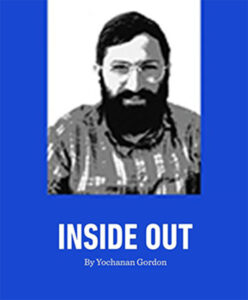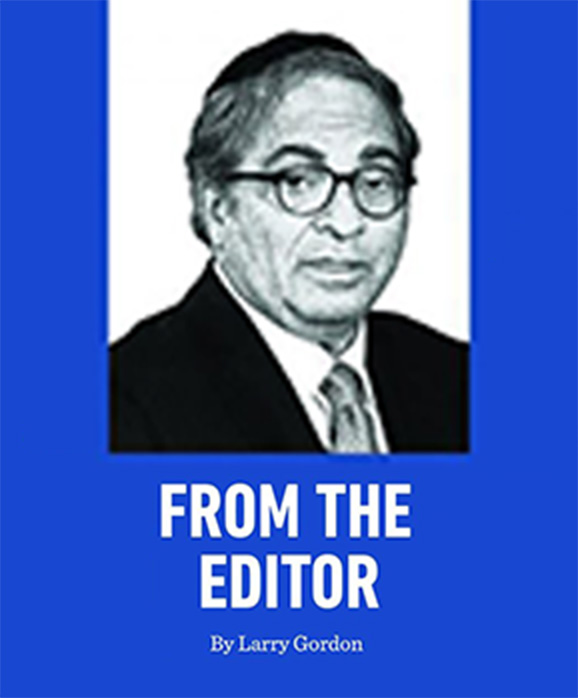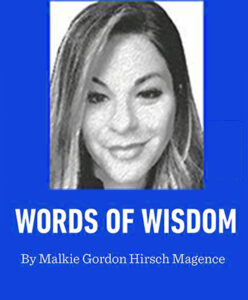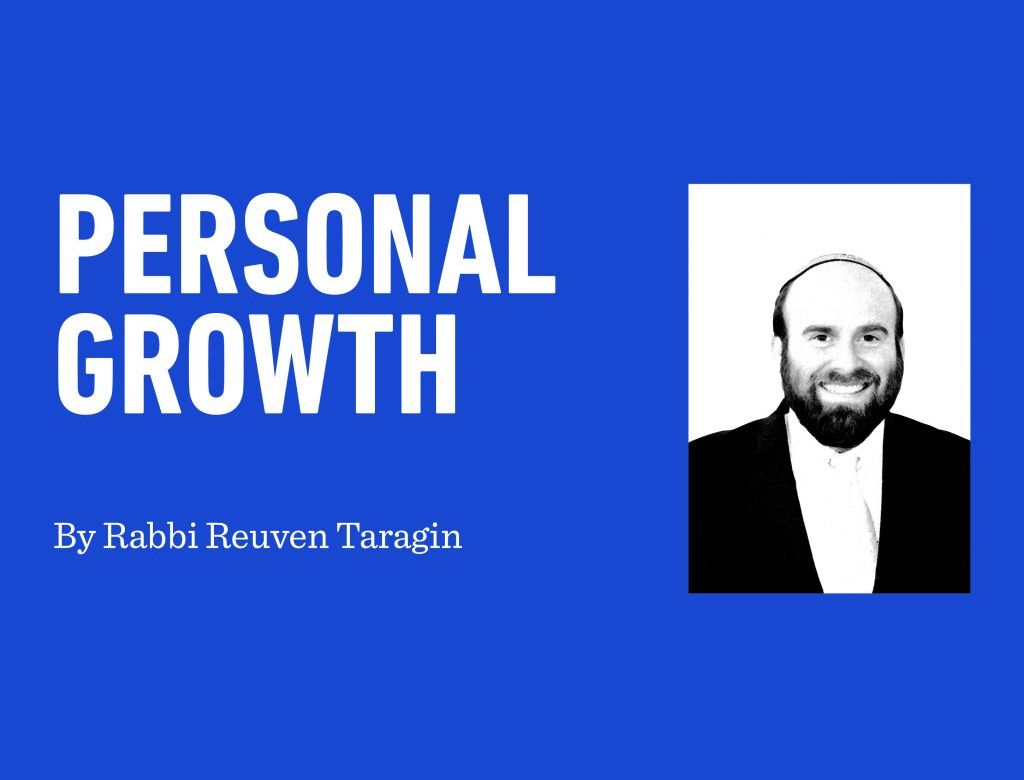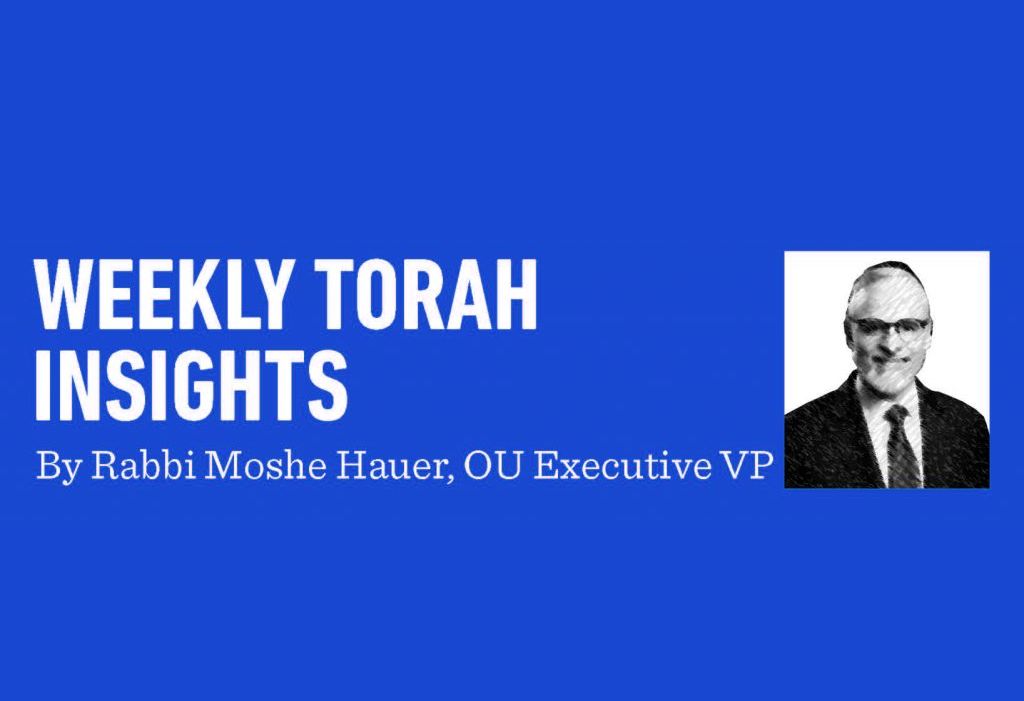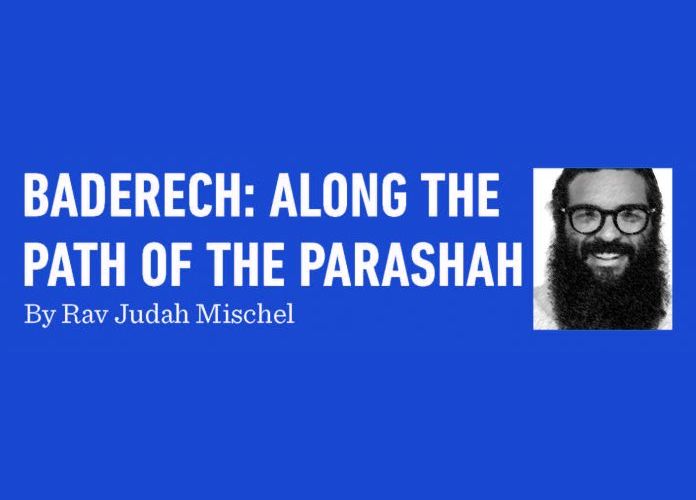18 On The Hill
Our colloquial understanding of a desert is a place of endless sand and scant vegetation. Many of us have imaginal perceptions of the foreboding Sinai Desert of Biblical times and how it was a barren expanse of dry dunes and desolation. When we read, however, the Torah’s references to that desert, we find that there were in fact living creatures, some types of vegetation, and that it was most likely not like the sandy dunes of the Sahara or Kalahari Desert.
Deserts are land areas where rainfall is limited and the arid topography is not habitable for human beings. But deserts can support some forms of vegetation and animal life. Some plants and creatures are suited to the arid regions of the world where people and other living things generally cannot survive.
A unique aspect of the Hebrew language is that each noun not only refers to a specific object, but also describes and defines it. To understand the intrinsic nature of objects, we need only excavate the meaning of its name in the Holy Tongue.
Take, for example, the word “desert,” which in Hebrew is “midbar.” In our language, the word midbaractually describes the nature of a desert. As with most words in Hebrew, the word “midbar” has a three-letter root, or shoresh. If we remove the first letter, mem, which often precedes a root in order to structure it as a noun, we are left with the word’s three-letter root, which is dalet, beis, and reish.
These three letters could refer to the word davar, a spoken word, or dever, which means antagonistic to life. We all know what a dvar Torah is. We all know what the dever plague in Egypt was. Our question is how do we understand the word midbar based on its three-letter root? And what are we supposed to understand about the nature of a desert by its shoresh?
If the root of midbar is dever as in desolation, or unsustainable of life, we can understand how a desert, including the Sinai Desert, was in general not a place where people could settle and thrive. It was a place of serpents and scorpions according to the Torah, with some occasional date palm oases. Its water sources were few and at times miraculous, but in general, the midbar was not a place where human life could thrive.
If the root of midbar is davar, we can ponder. Surely in the Midbar Sinai, a place where few people could survive, Hashem chose the area exclusively for the giving of the Torah. It was in that desert that Hashem spoke to His people, and His word was audible, powerful, and clear to everyone present. The midbar was a place of silence, which allowed His people—paradoxically—to hear things that otherwise might have gone unheard. Where there is no one to else to engage in davar, it is more possible to hear the Davar.
This past week, I traveled to a midbar. Yet, it was not devoid of living creatures. In fact, I saw animals you would normally not expect to see up close. I drank in the experience of encountering creatures that are unique only to certain parts of the world, and this meant that I could recite berachos and offer praise from verses of Perek Shirah. I glimpsed the various trees, flowers, and water sources that are familiar sights to the creatures that inhabit this world, yet fascinate the senses of a person accustomed to living in a more urban landscape. A perfect sunrise is not always visible to the city dweller. Sunsets of color and aura that are not seen from the windowpanes of my house come alive in this natural environment. Shooting stars burst across the heavens, while in the distance, the cottony mists of ancient galaxies glowed in the night sky.
Every once in a while, I asked my guide to stop and let me listen to the davar. Just as the Torah tells us that in Egypt, the darkness was palpable, so was the silence out there in that midbar palpable. It was a very heavy force of absolute and intense silence, punctuated only by the sporadic call of some bird or some beast. The overwhelming silence totally absorbed me as I absorbed it. That’s when I understood how the midbar is a place of dvar. When we are out of words and have no use for thoughts and find ourselves surrounded by the sacred solitude that says that only Hashem is here with us, we can capture how a midbar is both a place of desolation and the spiritual spoken word.
This is not to imply that a brief stay in the silent desert turns one into a prophet. But being out in a midbaris most certainly profitable for the mind, the body, and the soul. With nothing else to talk about and no one demanding to be heard, a person with a spiritual quest can listen to the numinous void and forge a deeper connection to…the Source of all truth. n
Rabbi Dr. Dovid Fox is a forensic and clinical psychologist, and director of Chai Lifeline Crisis Services. To contact Chai Lifeline’s 24-hour crisis helpline, call 855-3-CRISIS or email [email protected]. Learn more at ChaiLifeline.org/crisis.
